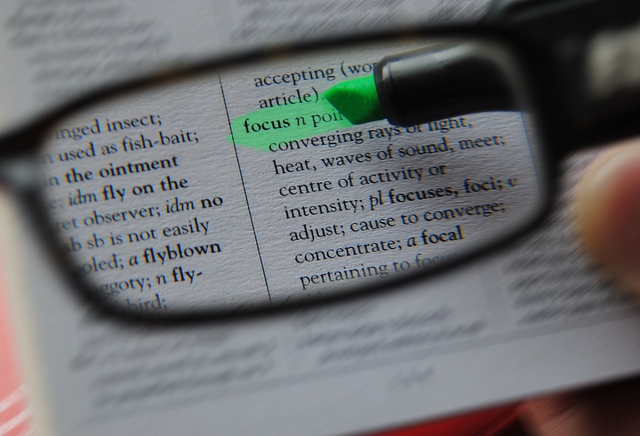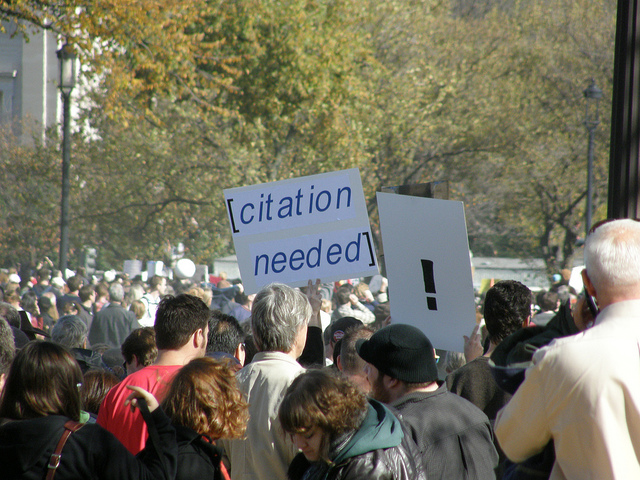
One of the basics in terms of English skills involves recognizing parts of speech. There are four major parts of speech: nouns, verbs, adjectives, and adverbs, and three less important ones: prepositions, conjunctions, and interjections. Understanding these parts of speech will help you to write better sentences and, consequently, better essays, academic papers, letters, and other types of formal writing.
Nouns: Nouns name persons, places, things, or ideas. Before I explain more about what nouns are, it is important to distinguish between proper nouns and common nouns. Proper nouns name specific persons, places, and things. Some people denote a fourth category of nouns, ideas, such as love, happiness, thoughts, and peace, but, for the sake of simplicity, in this essay, ideas are included in the thing category. Common nouns name non-specific persons, places, and things. The chart below illustrates that:
| Proper Nouns |
Common Nouns |
| |
| Person nouns |
Person nouns |
| President Bush |
president |
| Mrs. Abbot |
woman |
| Dr. Thomas |
doctor |
| Lucille |
girl |
| |
| Place nouns |
Place nouns |
| Chicago |
city |
| Madison Avenue |
street |
| Central Park |
park |
| The Empire State Building |
building |
| |
| Thing nouns |
Thing nouns |
| Pacific Ocean |
ocean |
| Chevrolet |
car |
| Communism |
political philosophy |
| January |
month |
Notice that all proper nouns begin with capital letters; common nouns do not, unless, of course, they are at the beginnings of sentences or are parts of titles.
There is a type of common noun called the pronoun. Pronouns are used instead of repeating a noun in a sentence or a paragraph. The following are pronouns: I, he, she, it, you, they, we, who, my, mine, your, yours, his, her, hers, its, our, ours, their, theirs, whose, me, him, her, us, them. Pronouns are separated into categories, and are used for different purposes in sentences, but that concept will be explained at another time. For the time being, let us concentrate on what pronouns are and when they are used. Pronouns are, as stated above, all common, meaning that, even though they might be used as substitutes for proper nouns, they are not capitalized. The following rule is essential: Use a pronoun only after the noun that it is to be used in place of has been used. Look at the examples below:
- When we saw Donald Trump walking down the street, we ran to him.
- Ralph, Larry, and Dean walked back to their office.
In each of those sentences, the meaning of the pronoun is clear because the noun that each of them replaced had been used first.
The next sentence is one in which a pronoun is used without the noun which it is replacing having been used first:
All of the students applauded when he announced that they had all passed the test.
The use of the pronoun he is confusing because it is used without a regular noun having been used first. In that sentence, he could mean the teacher, the principal, the football coach, Mr. Smith, or any other male person. On the other hand, the pronoun they clearly refers to the students.
Verbs: Verbs are words that indicate an action or a state of being. Some action verbs are run, jump, write, fly, think, and sleep. Even though you might not think of sleeping as an action, it is still an action verb. Some of the verbs that express a state of being are is, be, am, and become.
You may have noticed that many words can be expressed as nouns and as verbs. Here are some examples:
- I don’t want to fight with you. (verb)
- We saw a great fight last night. (noun)
- I love to watch my dog jump. (verb)
- Did you see that fantastic jump? (noun)
The following are examples of sentences which contain state of being verbs;
- My boss is a real tyrant.
- I am very happy.
- She became my best friend.
Adjectives: Adjectives are words that describe nouns. The best way of understanding how to identify and use adjectives is to look at the examples below. The italicized words are adjectives:
- That is a beautiful flower.
- We saw a funny, exciting, movie last night.
- A cute, small brown dog ran down the street.
Adverbs: Adverbs are words that are used to describe or modify the meanings of verbs, adjectives, or other adverbs.
Look at these sentences in which adverbs are used:
- Put the towels outside to dry. Outside is used to modify the verb put.
- She is always hungry. Always is used to modify the adjective hungry.
- The mayor is very suspicious of everyone else. Very is used to modify the adjective suspicious.
- The boy ran quickly. Quickly is used to modify the verb ran.
Prepositions: They are words that link nouns, pronouns, or phrases to some other part of the sentence. Here are some examples of prepositions in sentences:
- The boy walked into the room.
- He is a friend of mine.
- We all ran to her.
- We grabbed the popcorn with our fingers.
Conjunctions: Conjunctions join words, phrases, or clauses. Look at the following examples:
- My favorite meal is scrambled eggs and toast.
- Would you like to go to the movies or would you like to stay home and watch television?
- We would have been late, but we caught the bus on time.
Interjections: Interjections are words that express emotion. Look at the examples below:
- Oh, I didn’t buy anything for your birthday!
- Hey, let go of my leg!
- Ouch, that stove is hot!
Those are the basics of parts of speech. Try to notice parts of speech as you read. After a while, you will easily be able to identify nouns, verbs, adjectives, adverbs, prepositions, conjunctions, and interjections.









